Cooling Masks for Allergies: A Miracle Solution For Itchy, Irritated Eyes
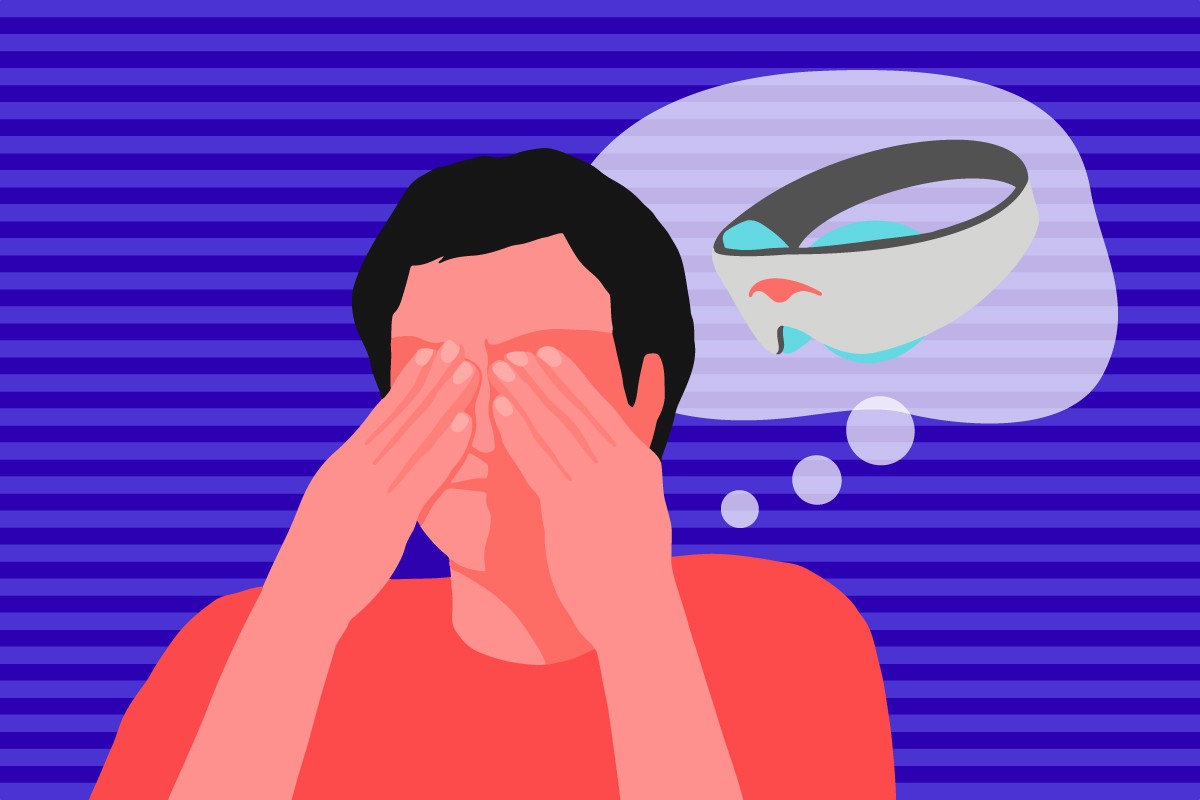
Are you looking for cooling masks for allergies? Read this to learn how they work, the different types of allergy masks and how to choose the right one.
You're reading this because you have them or someone close to you does. The great news is there's an effective and convenient solution: cooling masks for allergies.
In this article, you’ll also discover our version, Manta COOL Sleep Mask and why it's a top contender for beating allergy discomfort.
Here's what this blog post covers:
Table of Contents
What’s the Link Between Allergies and Eye Discomfort?

If you have eye allergies, you're no stranger to itchy, uncomfortable peepers. You may be wondering what the link is between both. Different factors trigger allergic reactions and their symptoms.
Triggers and Symptoms
John Hopkins Medicine says allergic conjunctivitis (a.k.a eye allergies) occurs when irritants inflame the conjunctiva(1). Examples of irritants are pollen, mold spores, and pet dander.
(The conjunctiva is a delicate and transparent membrane that protects the eye. It covers the inner side of the eyelid and the whites of the eye.)
Symptoms of allergic conjunctivitis include:
-
Itchy, watery eyes
-
Eye redness
-
Swollen eyes
-
Sneezing
-
Nasal discharge
The Impact of Cooling Masks
Cooling masks, especially ones crafted for allergy relief like the Manta COOL Sleep Mask, can ease symptoms of eye allergies. Their cooling effect calms inflammation and irritation.
There are more cooling eye mask benefits. They help with relaxation and reduce puffiness and dark circles under the eyes.
Preventative Measures and Treatments:
Using a cooling mask for allergies isn’t the only way to get relief. Be aware of what triggers your allergies and steer clear of them. Speak to your healthcare provider for remedies like eye drops with antihistamines or oral medication.
Lifestyle changes are also essential. Keep windows closed during high pollen counts. Also, use an air purifier to lower your exposure to allergens.
People with allergies can minimize discomfort and enhance their quality of life by being aware and taking the necessary steps.
What’s the Science Behind Cooling Masks for Allergies?
Masks designed for allergy symptoms use cutting-edge tech and materials. These offer relief, particularly from eye irritation. Let's delve deeper into these:
Material and Design
Some cooling masks for allergies use beads made from freezable materials. Yet, they’re still comfy to wear. They ensure a good fit while effectively delivering cold therapy.
How a Cooling Mask Works for Allergies
The primary function of a cooling eye mask is to gently limit blood flow. It helps soothe swelling (a symptom of eye allergies) by slowing circulation. The result? Relief from itchy, red, teary eyes and less eyelid inflammation or puffiness.
Usage and Benefits
Cooling eye masks do wonders for more than allergies. They also ease symptoms of sinusitis, migraines and tired skin around your peepers. They typically cover your eye area and are perfect for quick naps.
Following instructions for these eye masks is essential. They're similar to cold compresses, which Medical News Today says should be used for 15 to 20 minutes at most(2). This ensures the cold doesn't damage your eyes and the skin around them.
Some masks come with extra features like customizable straps and gentle-on-the-skin material. Some (like ours) even have detachable eye cups for a custom fit.
What are the Types of Masks for Allergies?

While this article focuses on cooling masks for allergies, other options are also designed to suit specific needs. Let's explore the more popular ones:
Disposable Masks
These masks are ideal for single use. They cover your nose and mouth to protect against allergens and pollutants. They come in a range of sizes for a comfy fit.
Reusable Masks with Filters
These are perfect if you’re struggling with allergies, asthma, or sensitivity to harsh chemicals. They’re made with replaceable filters and are washable. They’re reusable and provide protection against microscopic particles, dust, allergens, and harmful bacteria.
Masks for Cyclists and Motorcyclists
These masks are crafted to suit bikers' needs. They defend vigorously against elements like pollen, dust and vehicular pollutants.
Cooling Eye Masks for Allergy Relief
Cooling masks for allergies are usually worn directly over your eyes. Some are reusable.
They're designed to soothe hay fever symptoms like itchy, red, watery eyes and inflammation. As mentioned earlier, they often relieve sinus pressure and headaches.
Each mask type listed here brings a distinct set of features that address various aspects of allergy relief. So, take your pick, depending on what will suit your needs.
What Factors Should I Consider When Selecting an Allergy Mask?
Here are a couple of tips when choosing an allergy mask that covers your nose and mouth (but not your eyes):
-
Go for masks certified by trustworthy authorities like NIOSH or the EU. These masks are more or less guaranteed to block allergens. For example, N95 masks are favored as they filter out 95% of airborne particles, according to The Achoo Blog(3).
-
You'll also need to know the lifespan of your filter (and whether your mask is reusable). This can range from one-time use to days. It will give you a good idea of how frequently you must change it.
-
If you need extra defense against smells and harmful chemical fumes, opt for masks with activated carbon or charcoal filters.
-
Choose masks that minimize the buildup of heat. Some have valves or none. Meanwhile, others have interchangeable valves. Choose according to your comfort and breathability preferences.
Now, let’s move on to how to pick a cooling eye mask for allergies. (After all, it’s the superstar of this article!)
How Do I Choose the Right Cooling Eye Mask for Allergies?
When selecting the proper cooling mask for allergies, be on the lookout for the following:
One That’ll Provide a Custom Fit
Let’s face it. Everyone is unique when it comes to head size and eye placement. With this in mind, look for an adjustable cooling sleep mask. It’s also essential for any eye mask to provide a snug fit without causing discomfort.
It Should be Made From High-Quality, Long-Wearing Materials
We think reusable cooling masks are more practical and cost-effective in the long run. However, they usually come with a higher price. So, if you opt for one, make sure it's made from premium and durable materials. (Of course, choosing between disposable and reusable is entirely up to you.)
Consider Its Cooling Feature
The cooling agent of this type of sleep mask is usually in gel or bead form. All it takes to chill it is some freezer magic.
You also want to consider how long the mask will stay cold. We mentioned earlier that you should only use a cold compress for up to 20 minutes anywhere on your body. What more on your eyes and the sensitive skin surrounding them?
You’ll want the cold to last for the doctor-recommended 10 minutes, especially if the mask is also designed for quick snoozes. There’s a danger of falling asleep and using it for too long. It might hurt the delicate skin around your eyes.
Choose One That’s Gentle On Your Skin and Eyes
A cooling eye mask for allergies typically weighs heavier than a regular cloth mask. That’s because it's filled with beads or gel.
We suggest using a mask that keeps direct pressure off your eyes. Too much weight for too long can cause temporary blurred vision, so choosing a mask with eye cups is ideal. Plus, you’ll also want one made from soft material since you’ll wear it next to your skin.
Now that you know the basics of cooling masks for allergies, it’s time to meet ours!
Get to Know Manta COOL Sleep Mask
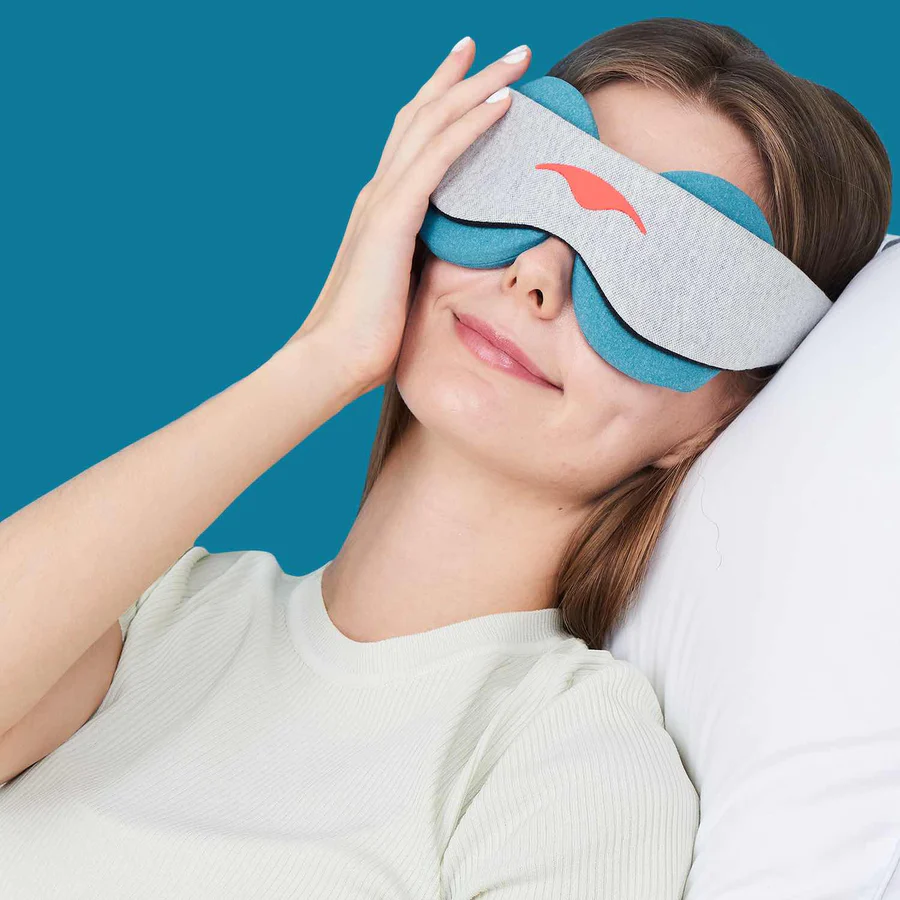
Cool Cool eye cups
“They are great. My eyes often get hot and burning, could be hay fever, allergies. The Cool cups are very soothing.” — Christine T.
The first thing we will highlight is Manta COOL Mask's detachable eye cups. Notice the indentations at the center of the cups. These minimize direct pressure on the eyes.
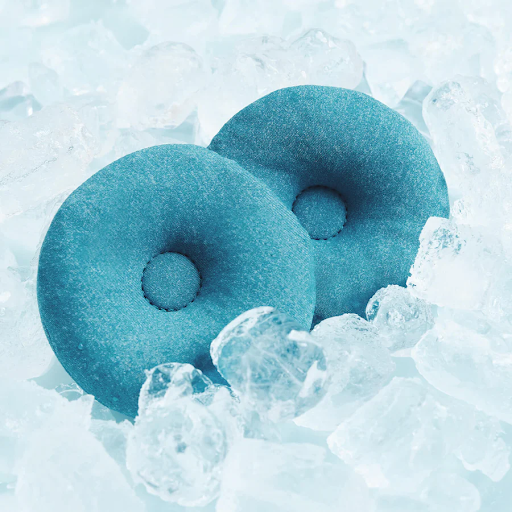
They’re filled with beads that stay cool 20% longer than other cooling bead masks for allergies. The beads feel gentler than gel against your skin.
The cups are made from TACTEL, polyester, nylon and spandex. They’re soft and quick-drying, too.
Place the cups in the freezer for at least an hour to chill them. You can also store them there for easy access. (Plus, they come with a reusable freezer-safe bag.)
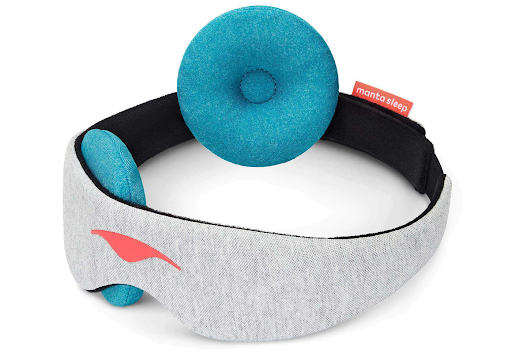
Next up is the head strap. It’s infinitely adjustable and secures around the head with a micro hook-and-loop closure that won’t snag your hair.
The head strap is made from cotton and polyester for cozy comfort. It's also 100% machine washable. (Quick heads up that the eye cups are handwash only.)
Position the eye cups anywhere within the strap’s interior for a truly custom fit.
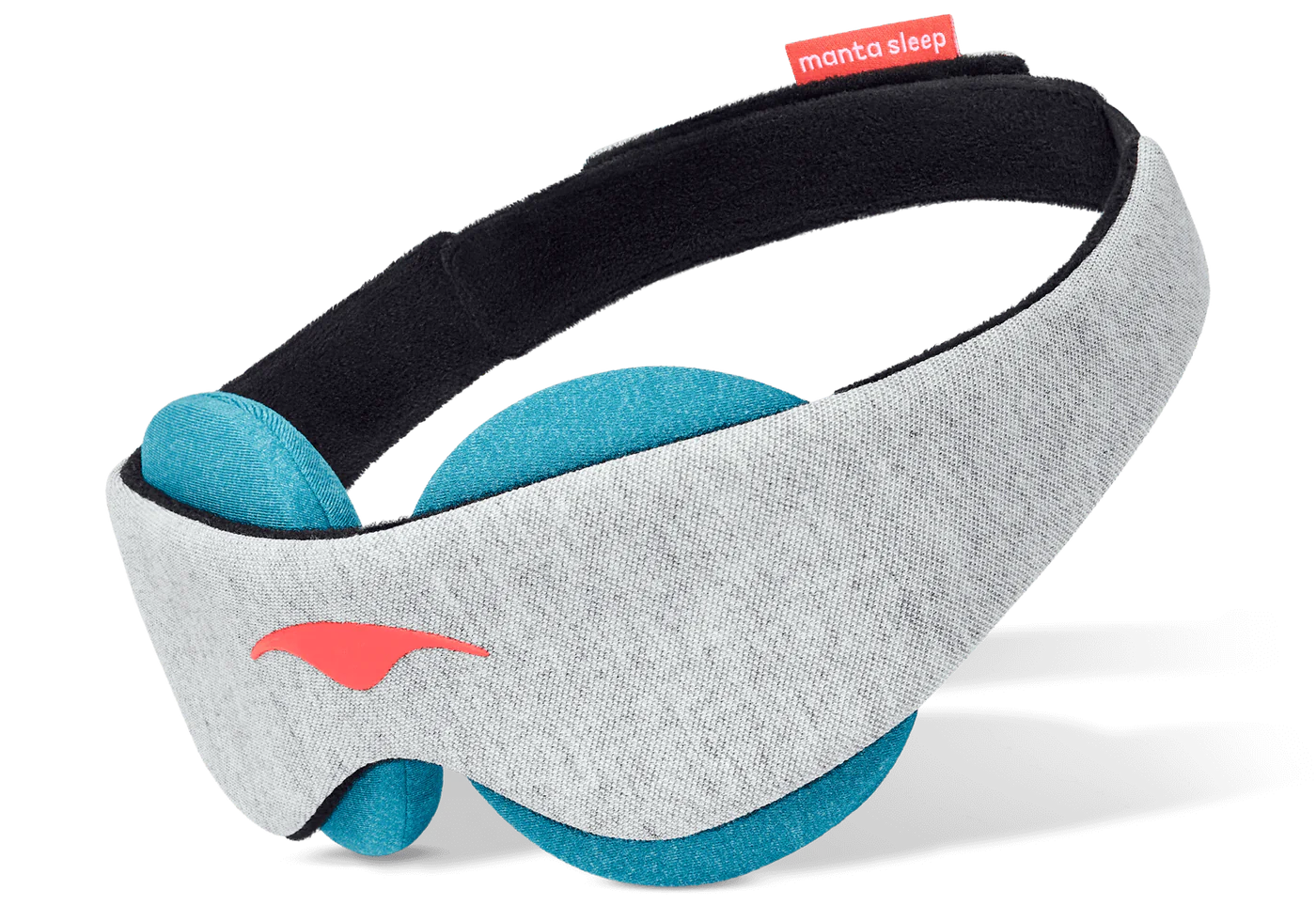
This sleep mask is more suitable for napping because it weighs more than your typical mask. While many of our customers wear them all night, not everybody can sleep with weight on their face.
By the way, if you want to learn about using and maintaining this cooling eye mask for allergies, read our blog post on how to use a cooling eye mask.
Conclusion
Now that you know about cooling masks for allergies (and more), here's hoping you find the right one. That way, you can get the relief you deserve!
We hope you will consider our version, Manta COOL Sleep Mask, as a candidate. And if you do, let us know how your experience goes. Leave a comment below.
Sources:
(1) ““Allergic Conjunctivitis.” John Hopkins Medicine, www.hopkinsmedicine.org/health/conditions-and-diseases/allergic-conjunctivitis. Accessed 24 April 2024.
(2) “Can a cold compress help the eyes?” Medical News Today, www.medicalnewstoday.com/articles/cold-compress-for-eyes. Accessed 24 April 2024.
(3) “Asthma & Allergy Mask Buying Guide.” AchooAllergy.com, www.hopkinsmedicine.org/health/conditions-and-diseases/allergic-conjunctivitis. Accessed 24 April 2024.
Disclaimer: The information contained in this website or provided through our blog, e-mails, or programs is for informational purposes only. It is not intended to be a substitute for medical advice, diagnosis or treatment that can be provided by your healthcare professionals.











































